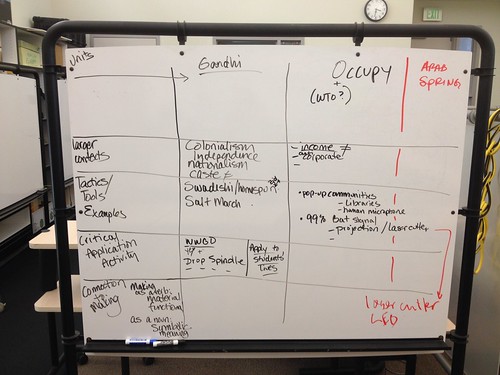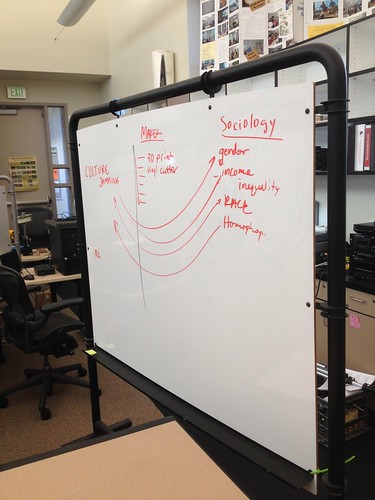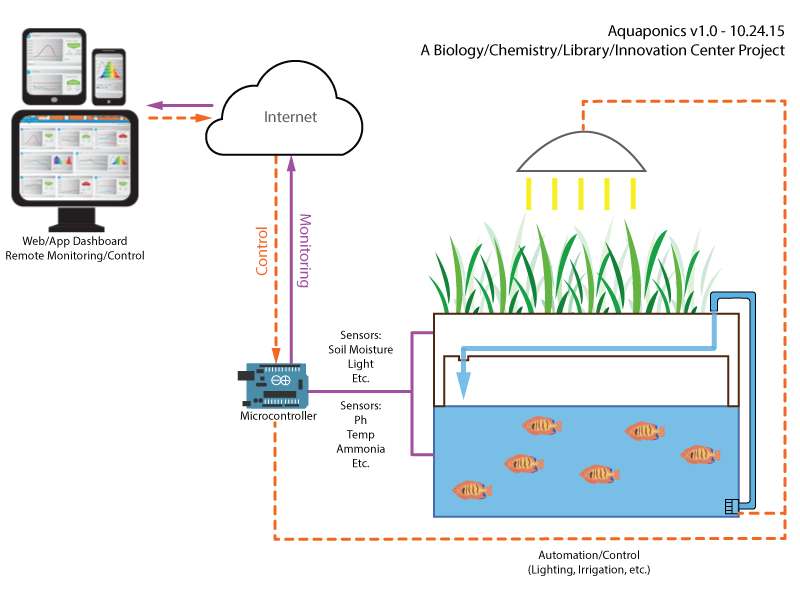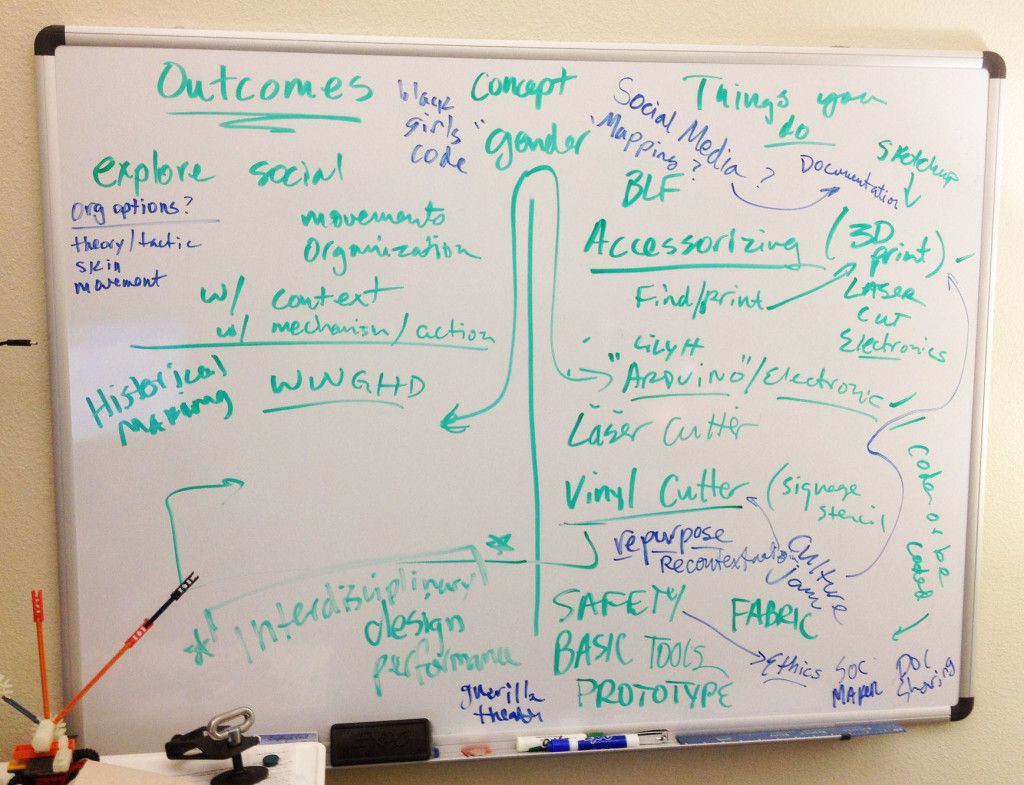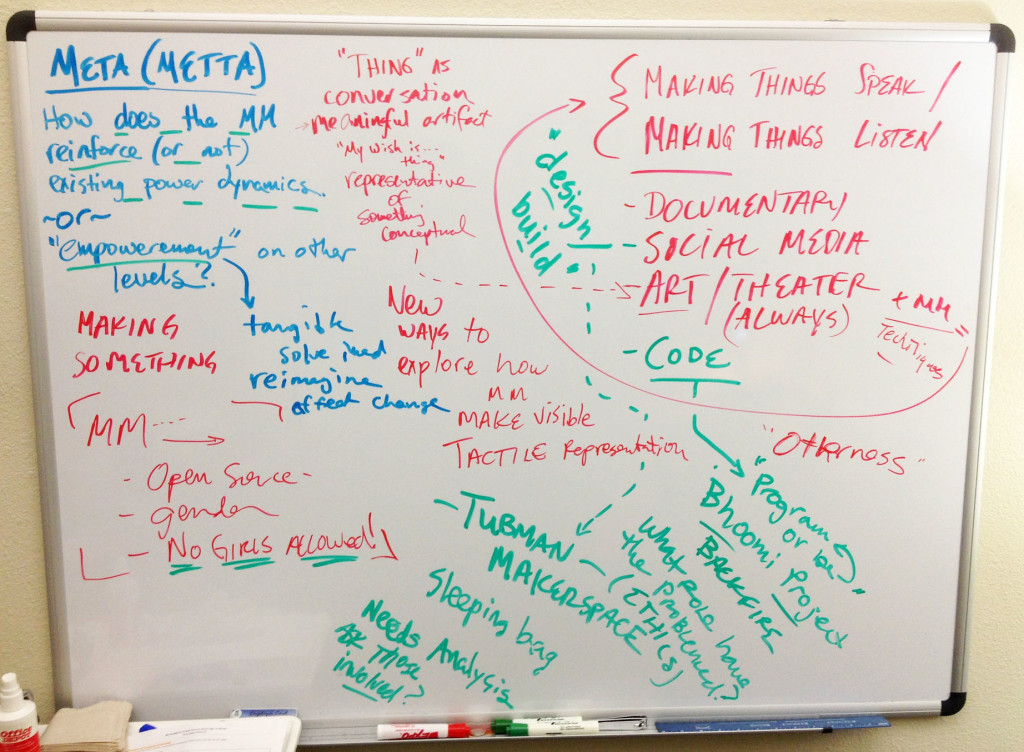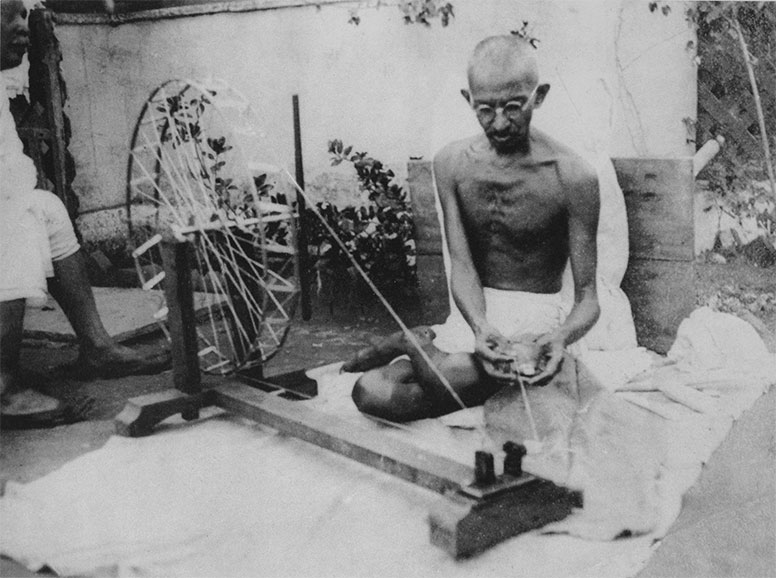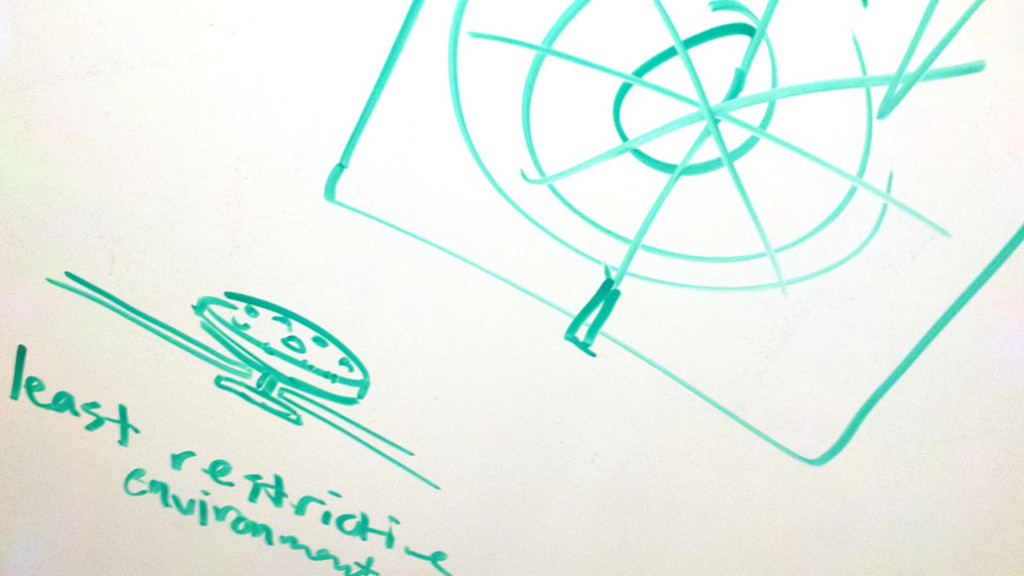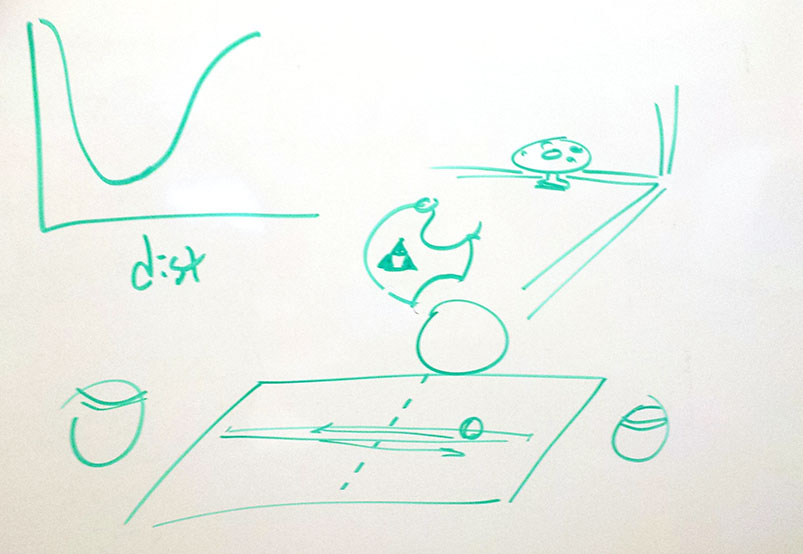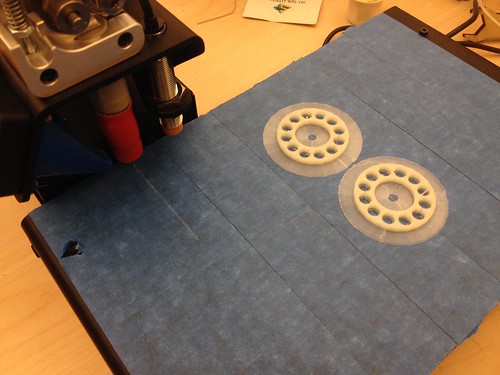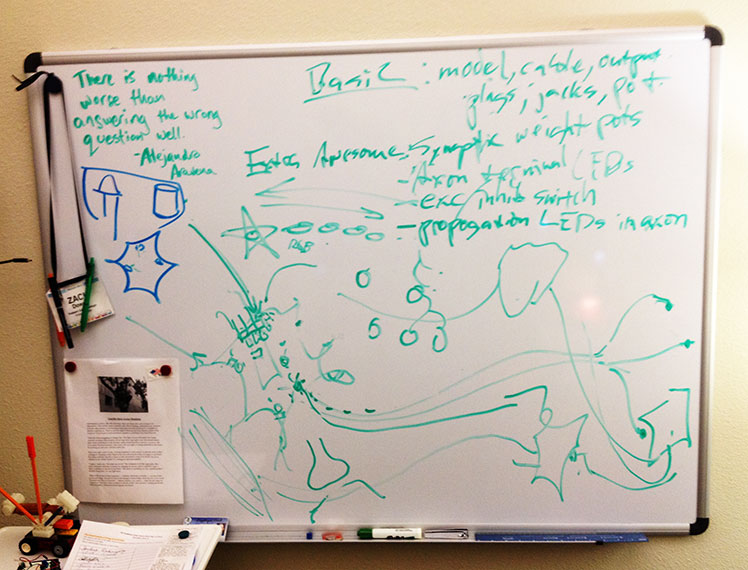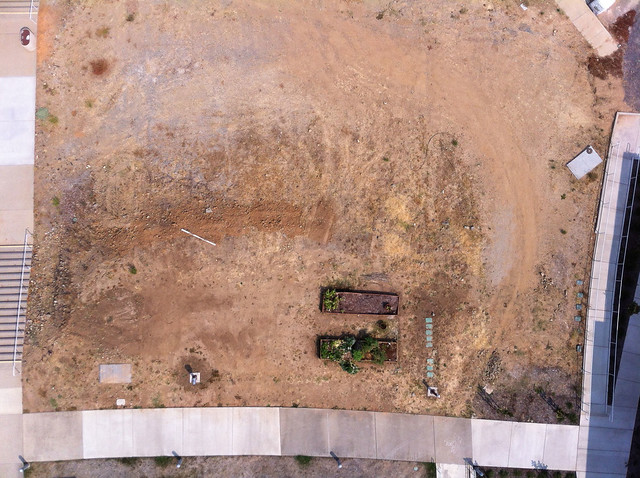Friday, November 13
1-3 PM in FL1-130 (Innovation Center)
RSVP
No experience necessary! Circuit bending is a fun, easy, and low-stress way to explore circuits and electronics, and you don’t need to know much about either to successfully create unique musical instruments.
What to bring:
- A couple of (working) electronic toys to eviscerate. Cheap keyboards and other toys that sing or talk or make noises (battery operated only) can be found at thrift stores for just a few dollars. Goodwill in Folsom has lots of castoff, inexpensive electronic noisemaking toys, fairly begging to be transformed (upcycled?) into one-of-a-kind mechanisms of sound art. Don’t forget the batteries!
- A small Phillips screwdriver. Precision screwdrivers (the really small ones) are often useful, and needle nose pliers sometimes can be helpful.
- A willingness to explore, tinker, and be creative.
We’ll have some electronic toys, batteries and tools you can borrow if you forget something.

